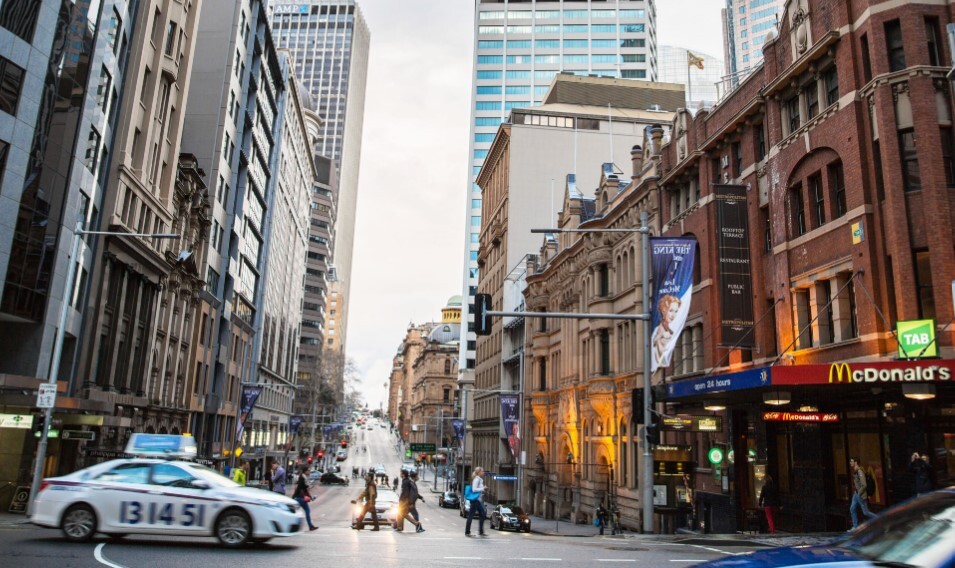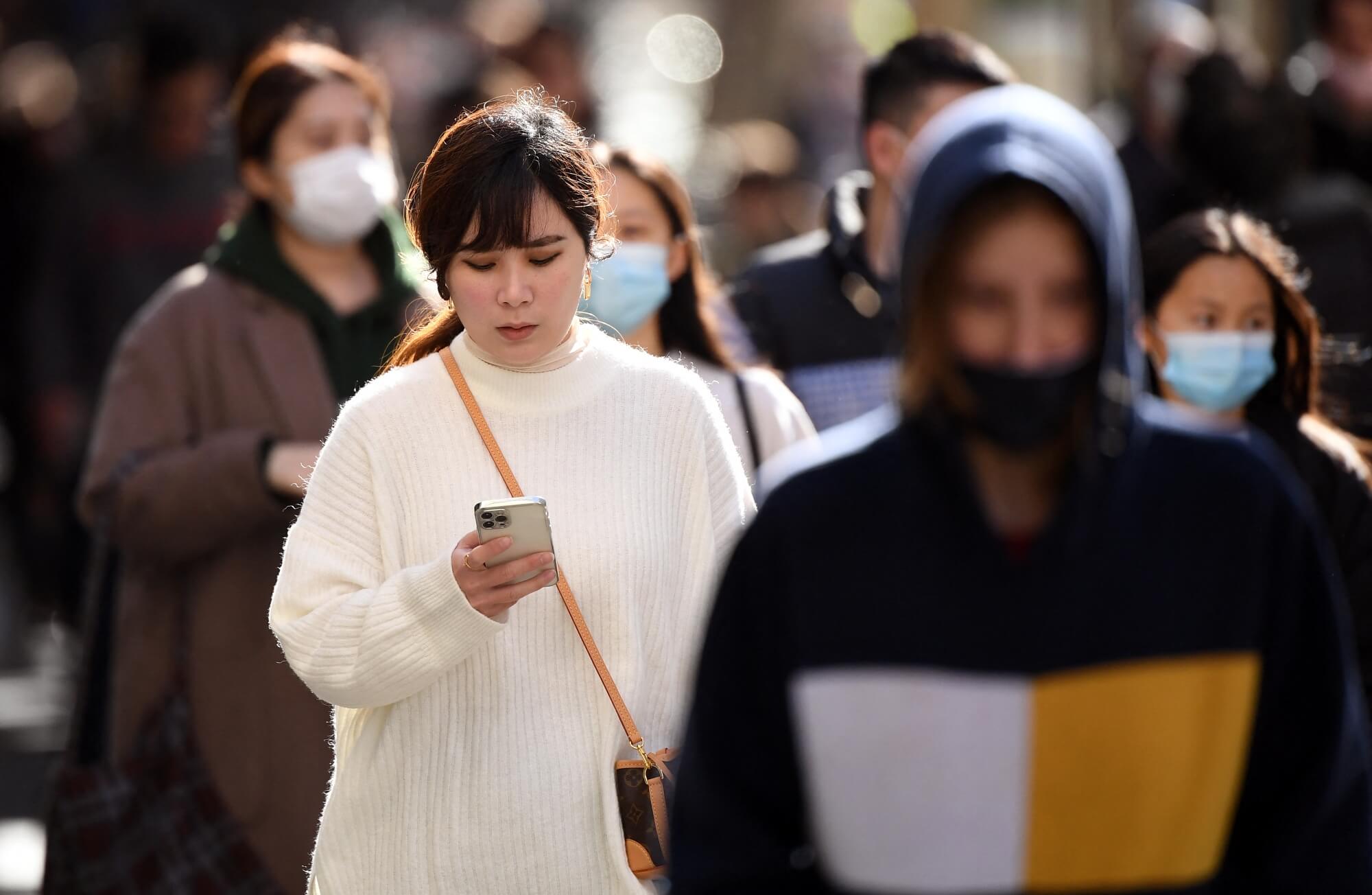


A detailed plan to restructure Australia's immigration system by 2024 has been revealed. Home Affairs Minister Clare O'Neil unveiled the Albanese government's migration plan, which seeks to improve pathways to permanent residency while decreasing the number of long-term temporary visa holders to alleviate worries about "permanent temporariness".
The main goal is to reduce net overseas migration (NOM) from 510,000 in 2022–2023 to 375,000 in 2023–2024 and then to 250,000 in 2024–2025. Let's examine the major changes that will reshape the Australian visa market this year.
The introduction of a "Skills in Demand" visa, which is intended to replace the current Temporary Skill Shortage visa, is a significant shift in the works.
This four-year skilled worker temporary visa offers clear pathways to permanent residency and greater flexibility for workers to switch employers. Three tracks will be available for the visa, one of which is for highly skilled migrants alone and will process faster for those with specialised talents.
The government is implementing stricter English language criteria for student and temporary graduate visas in an attempt to improve education standards and decrease the possibility of workplace exploitation.
International English Language Testing System (IELTS) scores of 6.0 (up from 5.5) will be required for student visa applications starting in early 2024, while scores of 6.5 will be needed for temporary graduate visa applications.
A new test called the "Genuine Student Test" will be established in early 2024 to discourage non-genuine students whose main goal is to work rather than study and to encourage applications from genuine students.
Additionally, the government has announced revised processing priorities for visa applications for students and their guardians, with a focus on "high-risk providers."

"Strengthen and simplify" is the government's strategy for temporary graduate visas starting in mid-2024. Changes include raising the age restriction for those applying for visas and shortening the first visa period to two years for those pursuing a bachelor's or master's degree through coursework and three years for those pursuing a master's degree through research. Students residing in rural areas may be qualified for a one- to two-year extension of their first visa.
The government is phasing down COVID incentives and ending the Pandemic Event Visa, which permitted temporary visa holders to stay in Australia during the pandemic, as part of a larger strategy. This action is anticipated to contribute to a near-pre-pandemic increase in migratory numbers.
The Pacific Engagement Visa (PEV), which will be introduced in 2024, is a notable reform. With the help of this visa, up to 3,000 citizens of Timor Leste and other participating Pacific nations will be able to immigrate to Australia permanently each year.
Successful candidates will be chosen through a poll method, and they will need to fulfil certain requirements, such as working in Australia.
The government has set forward areas for future reform that it hopes to implement by 2024. These include regulatory discussions on lower-paid worker migration, permanent skilled migration reform, regional migration, and the Working Holiday Maker programme. It is planned to release a discussion paper on these subjects early in the coming year.
Australia's 2024 visa reforms represent a proactive move to resolve systemic problems that have existed for a while. These measures, which range from the implementation of creative visa pathways to stricter language requirements, are expected to have a long-term impact on the country's immigration environment.
More scores on the International English Language Testing System (IELTS) will be required for applications for student and temporary graduate visas, resulting in stricter English language standards.
To reduce migration rates to levels seen before the outbreak, concessions such as the outbreak Event Visa are being phased out. For overseas students, this includes removing unrestricted working hours.